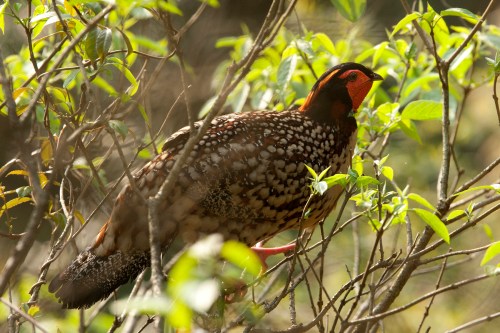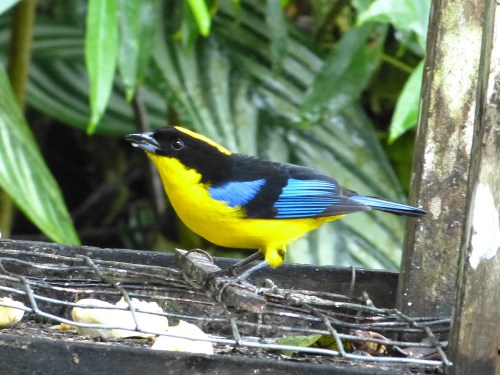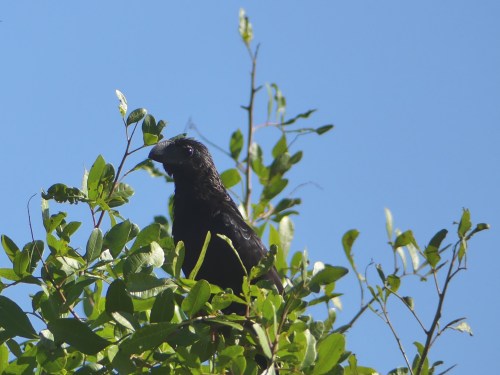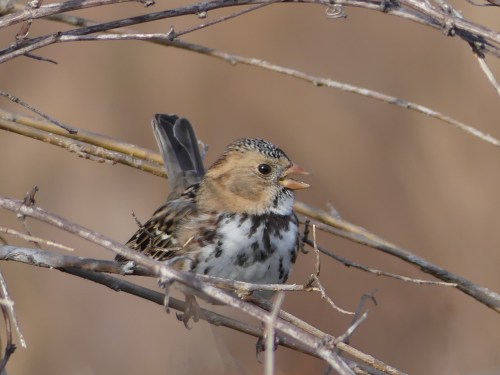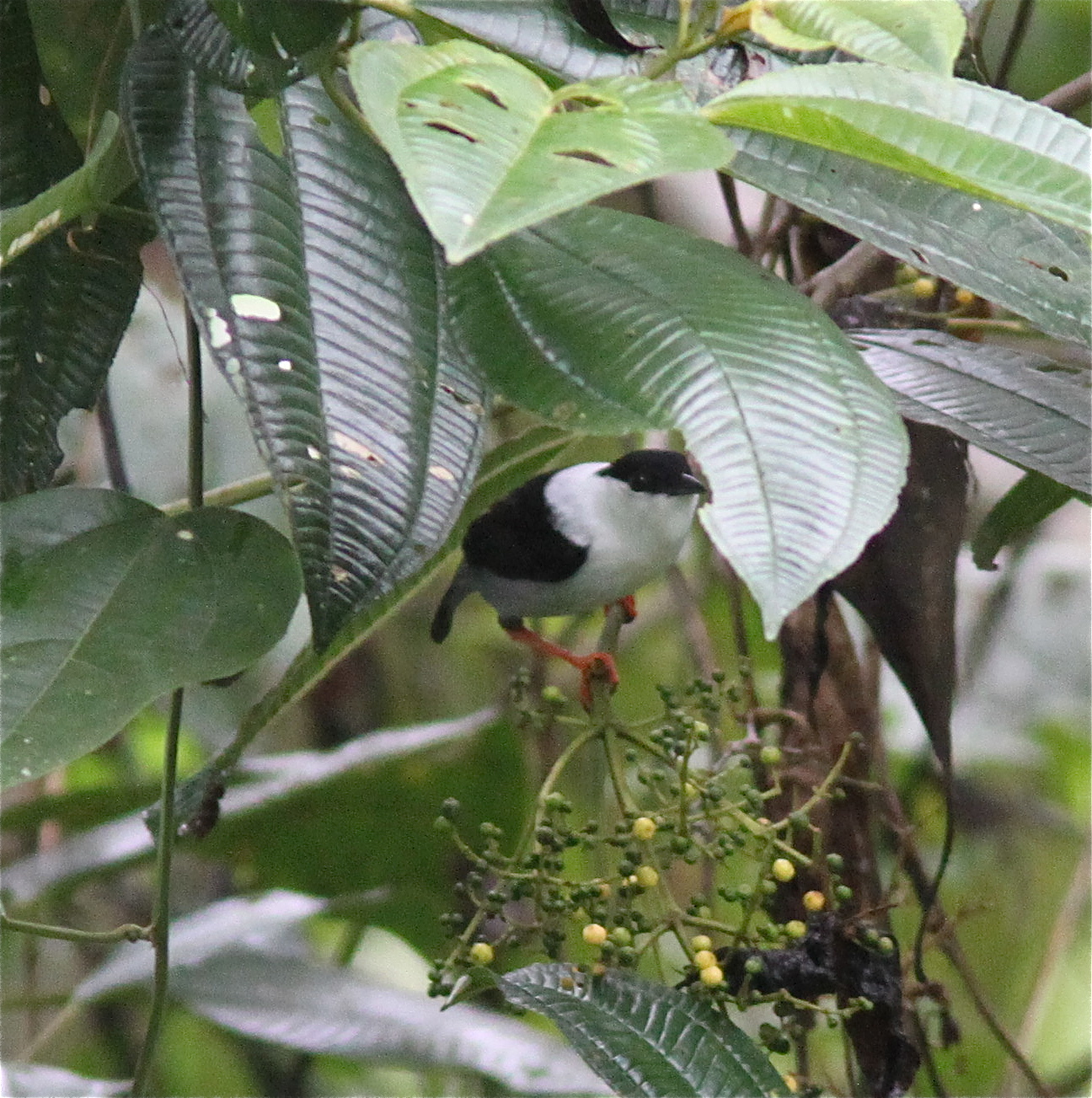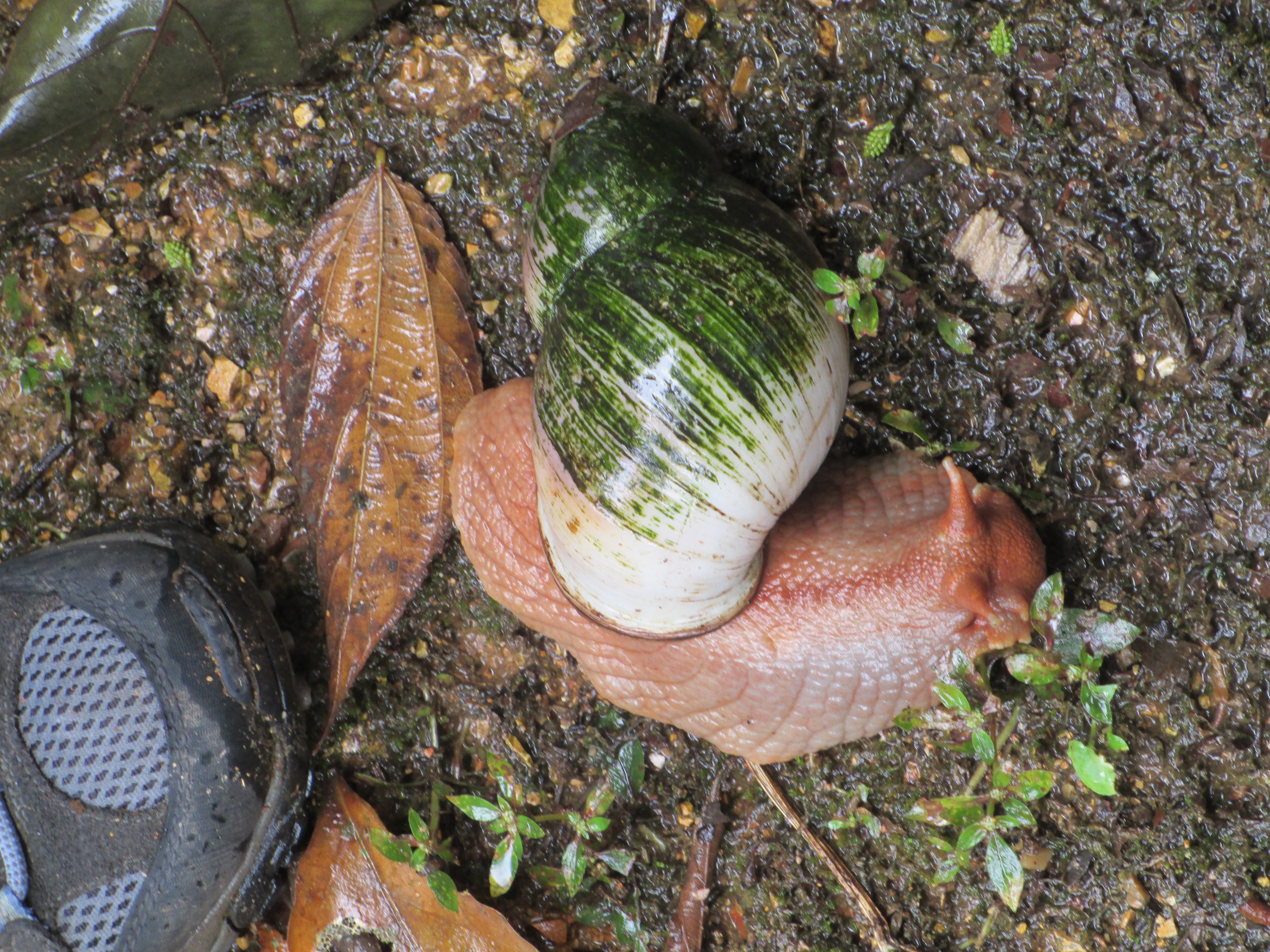“No suggestions, but I want to go with you! Seriously.” I had quickly and impulsively replied to Lisa Schibley when she posted on Facebook that she wanted to go to Colombia for three days, one lodge, close to a major airport. Colombia hadn’t made the cut for my birding bucket list; too much overlap with Ecuador, where I’ve been twice, and the birding would be too hard for me with my crappy vision. But this would be an opportunity to visit a new country and sample the birding without committing to an expensive guided trip. I couldn’t resist.

Lisa and I did not know each other well. We had met a few years earlier through a mutual friend and shared a lifer La Sagra’s Flycatcher. But that was enough to feel comfortable and think that we’d have fun together. The next thing I knew, I had plane tickets to Cali for a trip sandwiched in between my visit to North Carolina in late October and my flight to India for a big trip starting on November 20.
I arrived on Wednesday afternoon, November 8, with just enough time to get settled in at La Florida – Bosque de Las Aves. The hummingbirds, tanagers, and Colombian Chachalaca were wonderful, but the highlight was this Andean Motmot. Another birder and I were quietly watching the feeders when he arrived just before dark and put on this fascinating show. Be sure to turn up the volume; he is vocalizing during most of the video.
Thursday morning started with one of La Florida’s special birds – Chestnut Wood-Quail. These normally shy birds are endemic to Colombia. Javier’s birds have learned to trust him and come for breakfast every morning making La Florida one of the most reliable places to see these beauties.

Gabriel Borrero is not guiding much lately because he is busy setting up Cantar del Bosque, a natural sanctuary that he bought for the protection of the Golden-headed Quetzal and its environment. Check out his instagram account: @zwexpeditions (Zen Wild Expeditions).
A Facebook contact put me in touch with Gabriel and, luckily for me, he agreed to spend some time with me. His perfect English (as well as Spanish) and warm and friendly personality made the day easy and fun. I instantly felt that I had a new friend. The photo below is Gabriel and me later in the day at Finca Alejandría.

After enjoying the Wood-Quail, Gabriel and I spent the rest of the morning at the nearby San Felipe birding lodge where we were guided by Felipe Espinoza. I took these photos that morning – male and female White-lined Tanager, Black-winged Saltator, and Blue-winged Mountain-Tanager.




Felipe was as excited as Gabriel and me to see a Bicolored Hawk, a species with a widespread distribution, but no other eBird reports at any of the Km18 lodges.

San Felipe also has frogs! Everyone accommodated my obsession with all living creatures and Felipe caught a Boettger’s Colombian Tree Frog for me to see up close and photograph. Isn’t he adorable? Our photo session was done quickly and froggy was gently returned to his pond.


My favorite birds of the morning were the Cali area’s signature species – Multicolored Tanager. This beautiful bird is endemic to the mountains of Colombia where it has a small range. It also has a small population and it is known from only a few sites giving it a conservation status of vulnerable. At San Felipe, we had the privilege of watching a whole family!



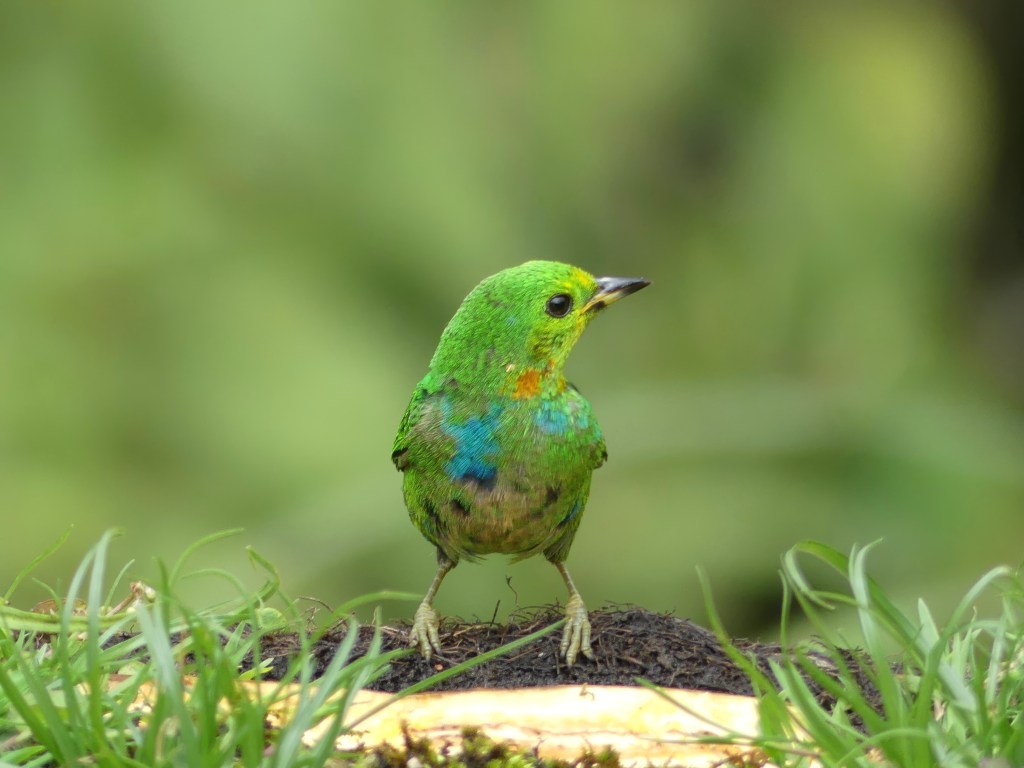
After a lovely lunch at San Felipe, we headed up the road to the famous Finca Alejandría “El Paraiso de Los Colibries.” We enjoyed several species of hummers including the Steely-vented Hummingbird below which had been a life bird earlier in the day at San Felipe.


The last bird we saw at Finca Alejandría was one close to Gabriel’s heart, a Golden-headed Quetzal.

We ended the day with a visit to the beloved “Julio,” a Black-and-White Owl, at Finca El Porvenir. This species was not seen in the Km18 area until about three years ago when Julio showed up. Suddenly a mate appeared and then soon a young one. Gabriel and others watched the adults teach their offspring how to hunt. They love the big moths that are attracted to the lights at El Porvenir but also hunt mice and small reptiles. The evening was dark, quiet and peaceful; sharing it with the gorgeous Julio was magical.

I fell asleep that night very happy and excited that Lisa would arrive the following morning.
